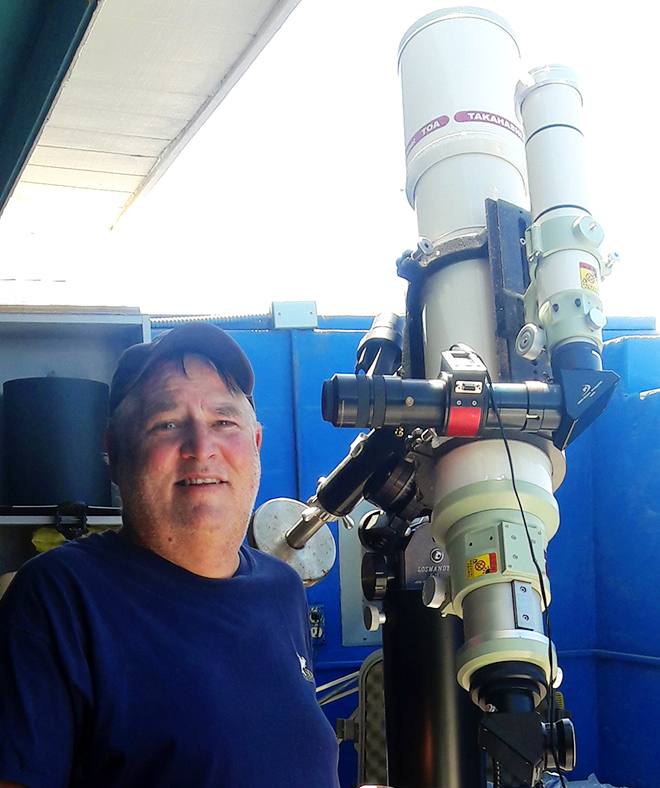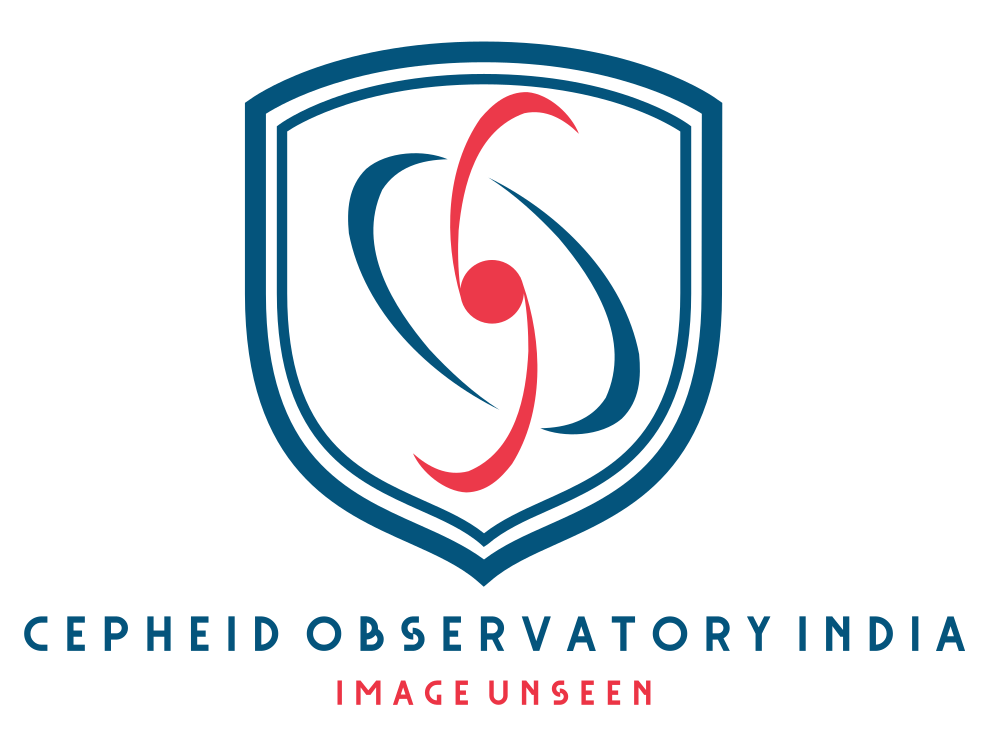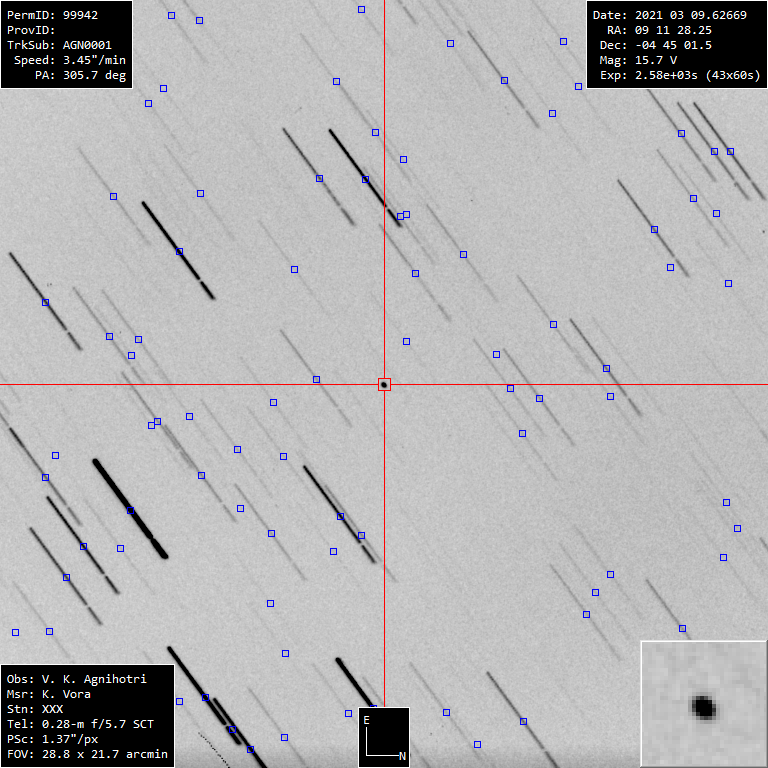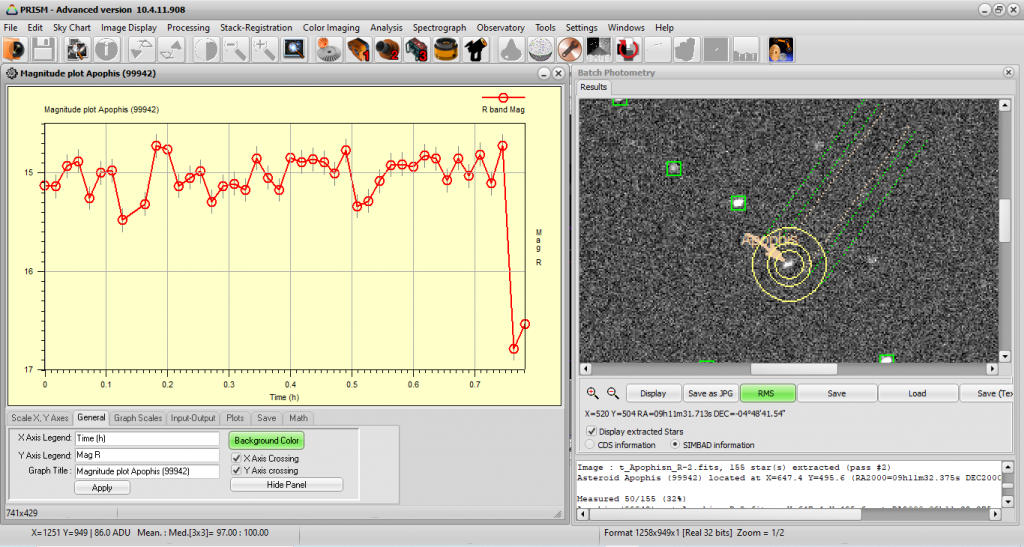In March of 2021 I reached out to the Cepheid Observatory team (V.K.Agnihotri, B. Kumar, S. Mahawar, K.Vora) requesting an imaging run on asteroid Apophis. I was impressed by their effort to obtain that data, which I will use in teaching a class on Asteroid studies.
The follow on lightcurve study they performed on the data is quite interesting and is indicative of the scientific rigor of their work
(see https://posts.3cepheids.co.in/wp/photometry/apophis-photometric-curve/).
Asteroid research is conducted by a small community of highly dedicated astronomers. I for one greatly appreciate the opportunity to work together with my fellow researchers on the other side of our pale blue dot. I am only just beginning my collaboration with this team of bright thinkers, and look forward to working with them in the future! Please accept my thanks for your assistance!
Jerry Hilburn (San Diego California, USA) – He is working at catfish Software Inc. and also an amateur astronomer. He is contributor in many papers on Astrometric and Photometric Measurements of double stars. For more visit: http://jdso.org/



